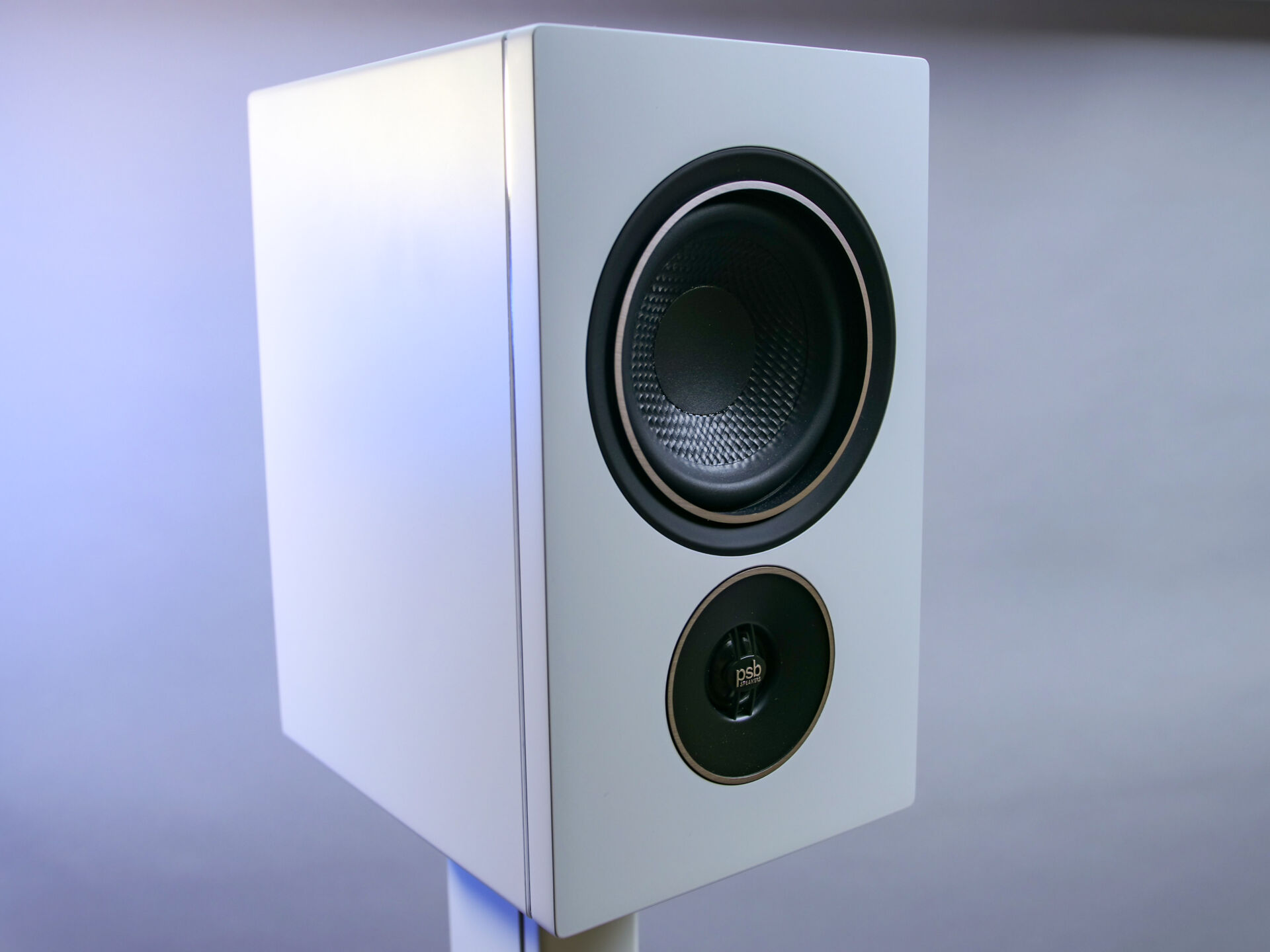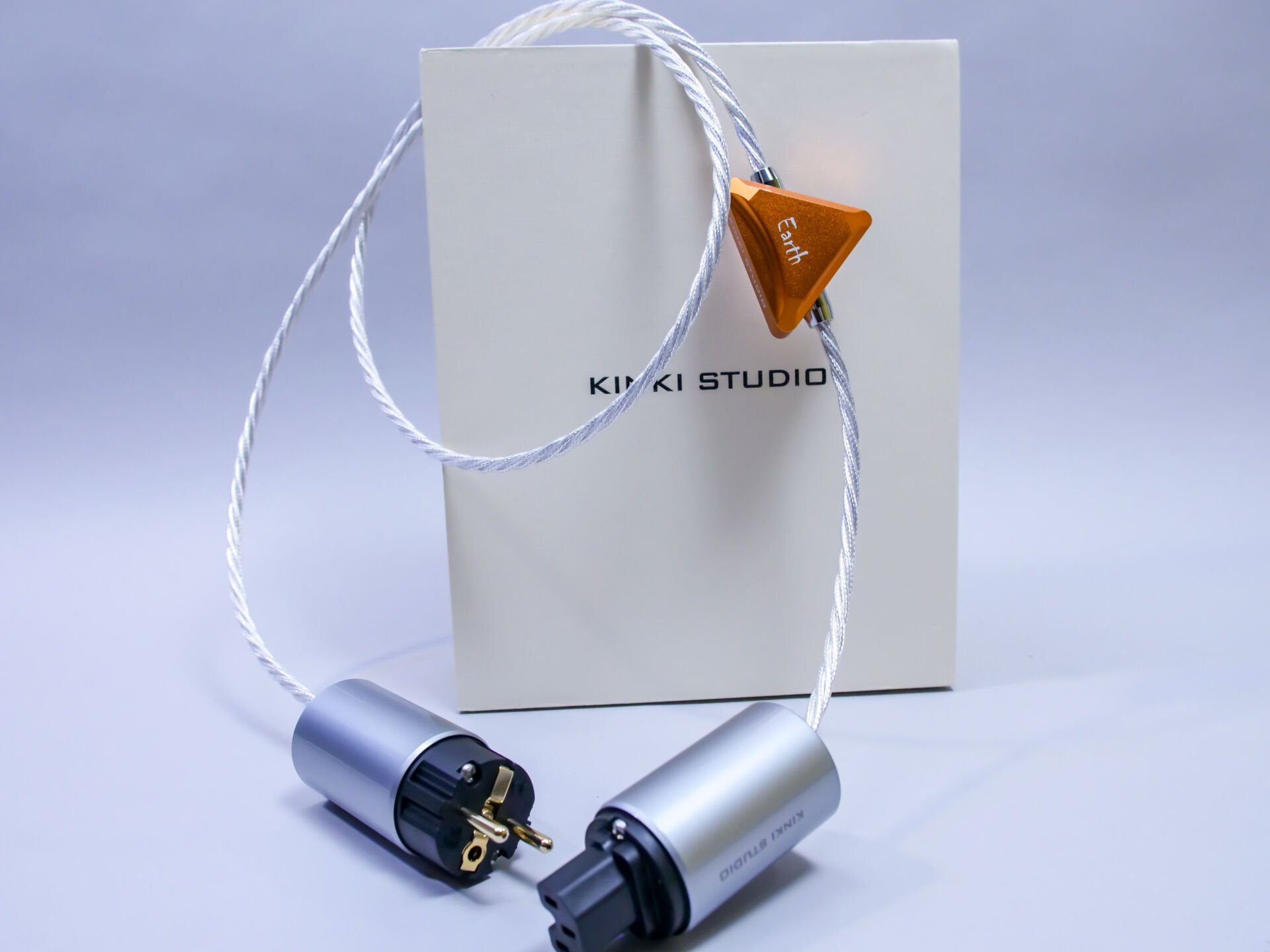

We open the second series of the Alpha Audio Academy with an important – perhaps the most important – component in a hi-fi system: the loudspeaker. Now we don’t need to explain directly what a loudspeaker is. Although a definition in itself would be interesting. Let’s use the following definition for a loudspeaker:
A loudspeaker is a (mechanical) device that converts an incoming, electrical signal into differences in air pressure.
Watch this episode (Dutch / Subs)
Complex task
If we look closely at this definition, you’ll see that a speaker has to perform a fairly complex task. It converts electrical energy into mechanical energy. To do this, the alternating current from your amplifier goes into the speaker which then converts it into air pressure differences by vibrating an object.
Now, later on, we will go into detail about various types of speakers: from broadband dynamic to magnetostats and hybrids. However, despite the shape and design of the speaker, they all do the same thing. This is because we Homo sapiens cannot perceive it otherwise; our ears work on the basis of pressure differences.
Vibration
We do need to address the heart of the speaker. And although this differs in execution, the basis is the same: a vibrating object. However, what this object is, differs.
A dynamic speaker uses a variation of the cone: a round – sometimes oval – shape attached to a voice coil which in turn moves back and forth in a magnetic field thanks to differences in voltage generated by the power amplifier.
In a (cabinetless) electrostatic speaker, a very thin foil is used which has been made conductive. This is suspended between two panels (stators) in a field that sets the foil in motion. With a magnetostat – also an open speaker and therefore no cabinet – it is the (mylar) foil that is under voltage and the back plate is equipped with permanent magnets. By varying voltages the membrane goes back and forth.
And now we haven’t talked about the numerous material types and types of tweeters: from AMTs to ribbons and superteeters. Or the various materials for cones. From paper to Beryllium and even diamond.
As you can see, there are many roads that lead to Rome. But in essence they all do the same thing: moving air to let us enjoy music.
Following music
Good: we have now defined the task of a speaker and we have touched the heart of the speaker to establish that, although the methods differ, they all do the same thing. We will discuss the types of speakers in more detail in the next episode, but we would like to briefly touch on what the goal of each manufacturer is and how they try to achieve it. It’s an interesting battle they’re fighting (for us consumers).
If you have directly compared different speakers by listening to them, you will have noticed that they all sound different. One is airy, the other warm, another is very detailed and the last comes across as very complete, but perhaps missing some finesse. In short: so many brands, so much variation.
Now there is most likely no perfect speaker. Purely because there are always some concessions to be made, big or small. A speaker is therefore almost always a balance between a few key characteristics that play a role in our hobby. For example, we at Alpha Audio pay attention to: speed, dynamics, coherence, neutrality, scale and detail. A manufacturer will pay attention to: market need, price point, component quality, investment and margin.
Based on that, a speaker is put together and a technical balance is found between: resonances, frequency range, distortion, phase and imaging.
To give an example: a very complex and technically good cabinet costs a lot of money. That may be at the expense of a nice finish of the product, or unit quality to achieve a certain price point. Or there is a cutback on components that go into the filter. And that in turn affects detail and phase behavior. You will understand that sometimes it is very difficult to make choices … everything hooks together and affects each other.
Concluding
In this first episode we discussed what a speaker primarily does and how the basis of a speaker accomplishes this. And that although the task is the same, each speaker realizes it differently. Finally, we made it clear that these differences are partly due to the choices manufacturers make. Both in method and in design choices and quality of components to find a balance in investment and final market price.
In the next episode, we’ll look at types of speakers. Thanks for watching and see you next episode!







